
Rotate your tablet
for a better experience


Rotate your tablet
for a better experience
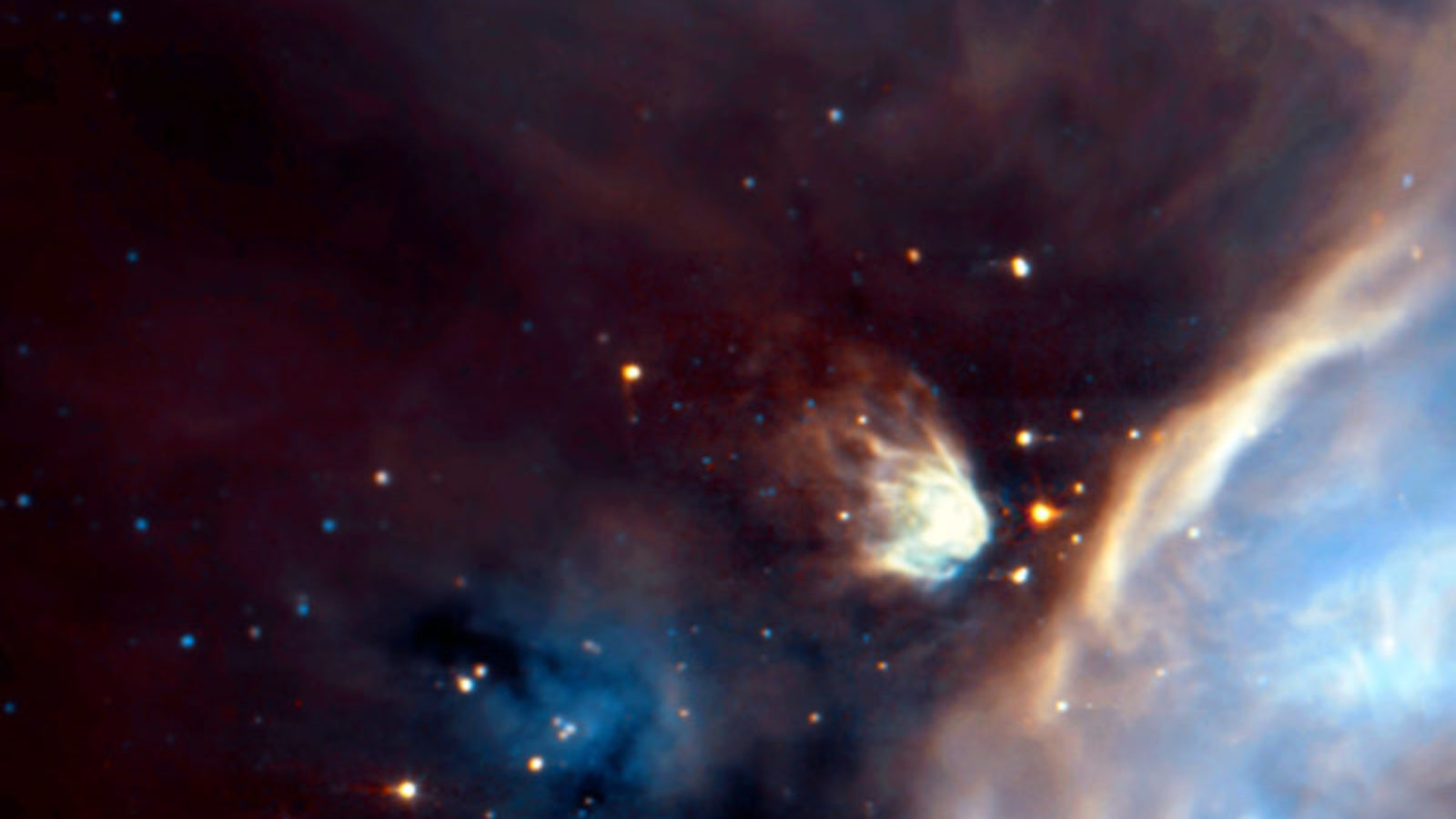
ISO was the world’s first space observatory able to see the sky in infrared light (invisible to the human eye and to optical telescopes). It was designed and operated by the European Space Agency, with cooperation from the US NASA and the Japanese JAXA.
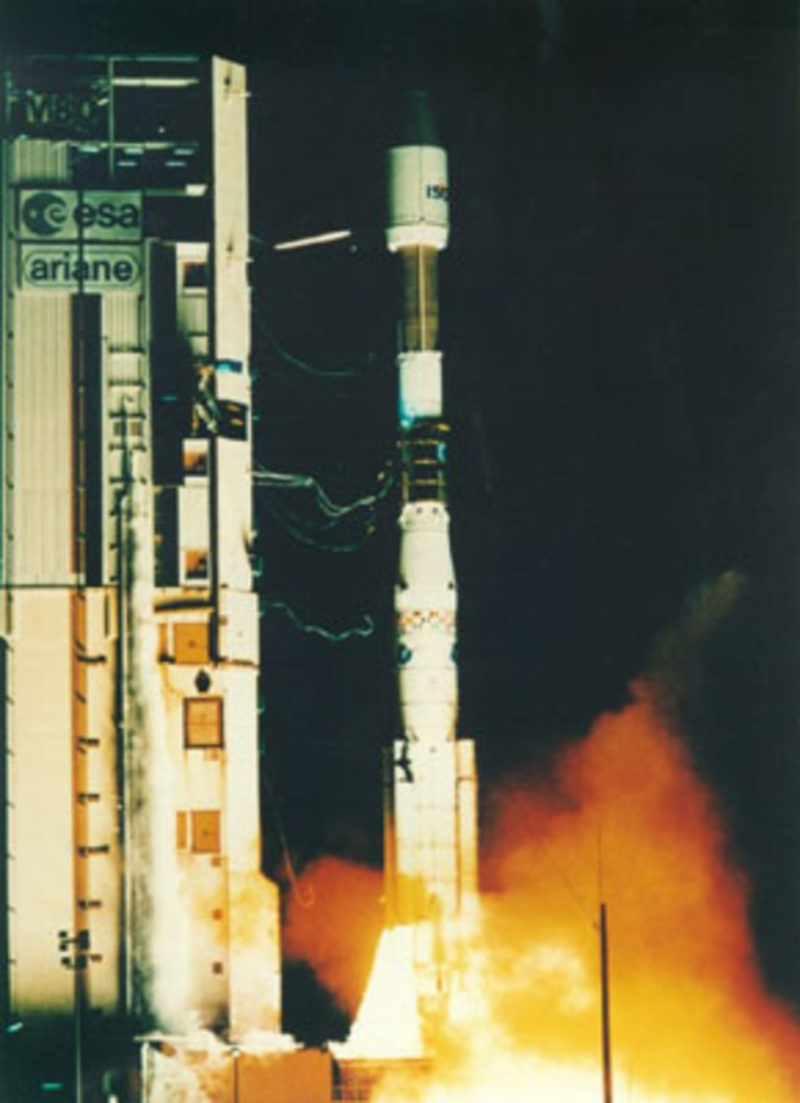
© CSG
During its lifetime from November 1995 to May 1998 it made about 30,000 individual observations of astronomical objects, both inside our solar system and out to the most distant galaxies.
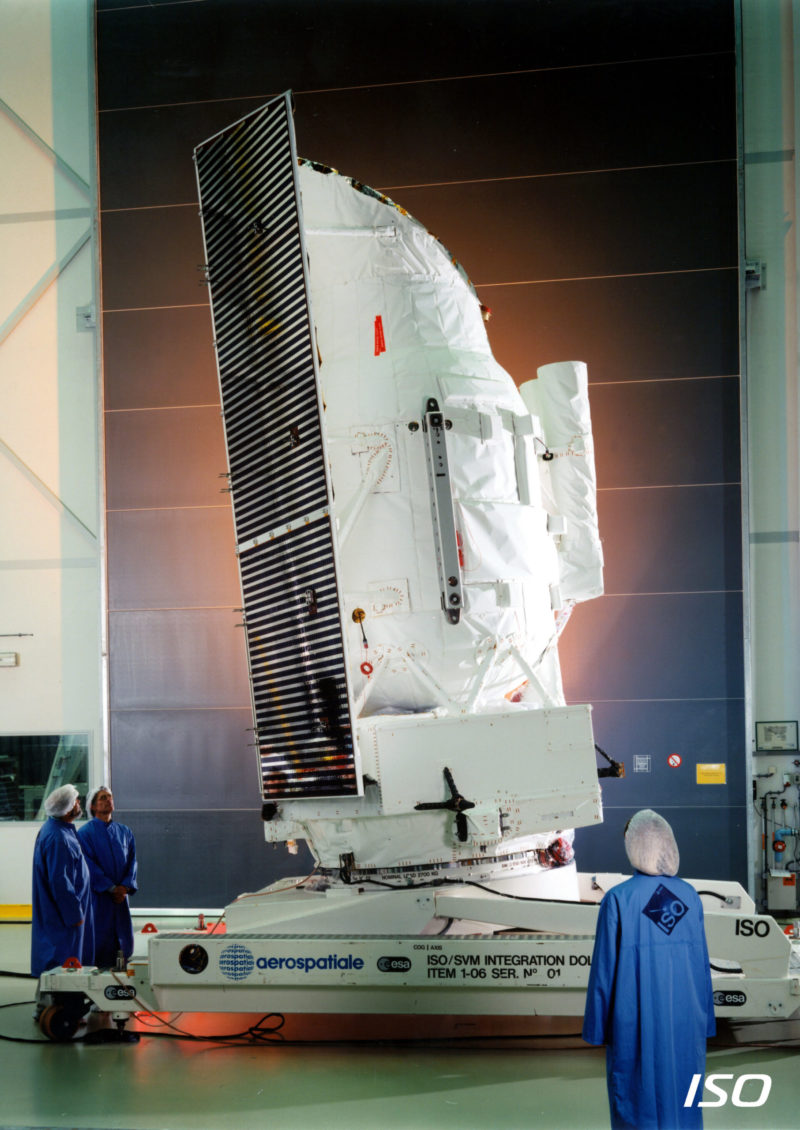
© ESA
The Ariane 4 rocket placed the ISO satellite into a highly elliptical orbit, so that it circled the Earth every 24 hours.
ISO looked at the ‘cold’ parts of the universe; it peered into dust clouds where stars are born, witnessing the formation of stars.
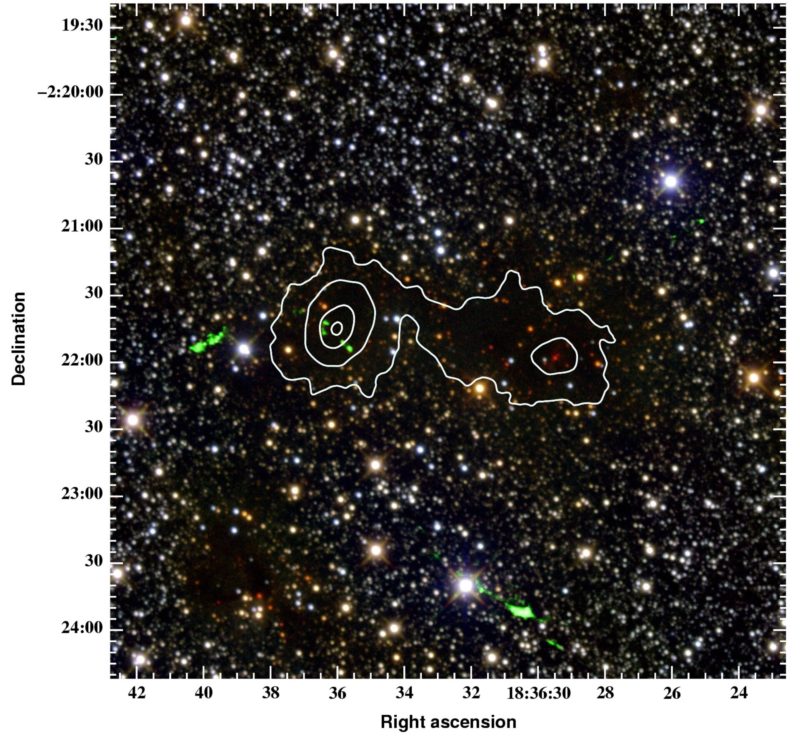
© ESA
ISO provided scientists with a unique facility of unprecedented sensitivity for detailed exploration of the universe ranging from objects in the solar system to distant extragalactic sources.
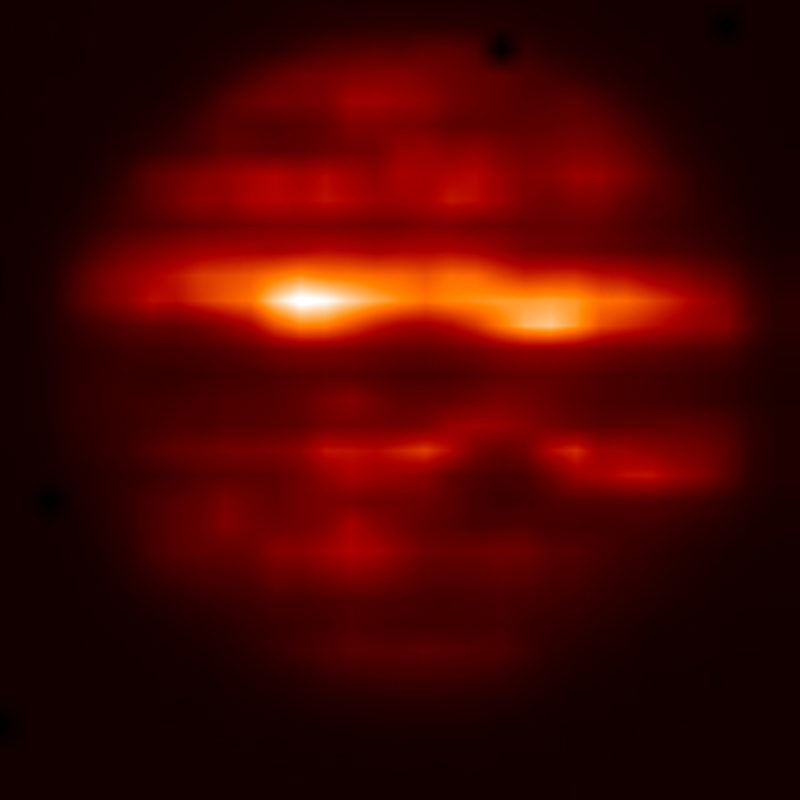
© ESA/ISO, ISOCAM & Th. Encrenaz et al.
ISO saw that stars begin to form at temperatures below -250°C. It discovered that most young stars are surrounded by discs of dust that could potentially harbor planets. ISO has also been able to allow us to ascertain that the water molecule is common in the universe.
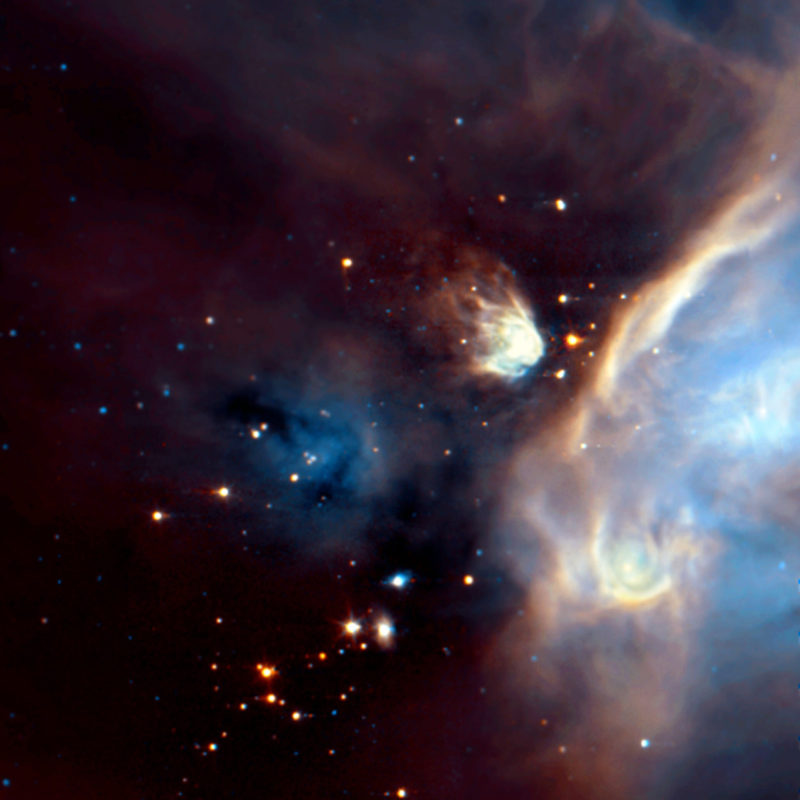
© ESA/ISO/CEA Saclay/ISOCAM consortium